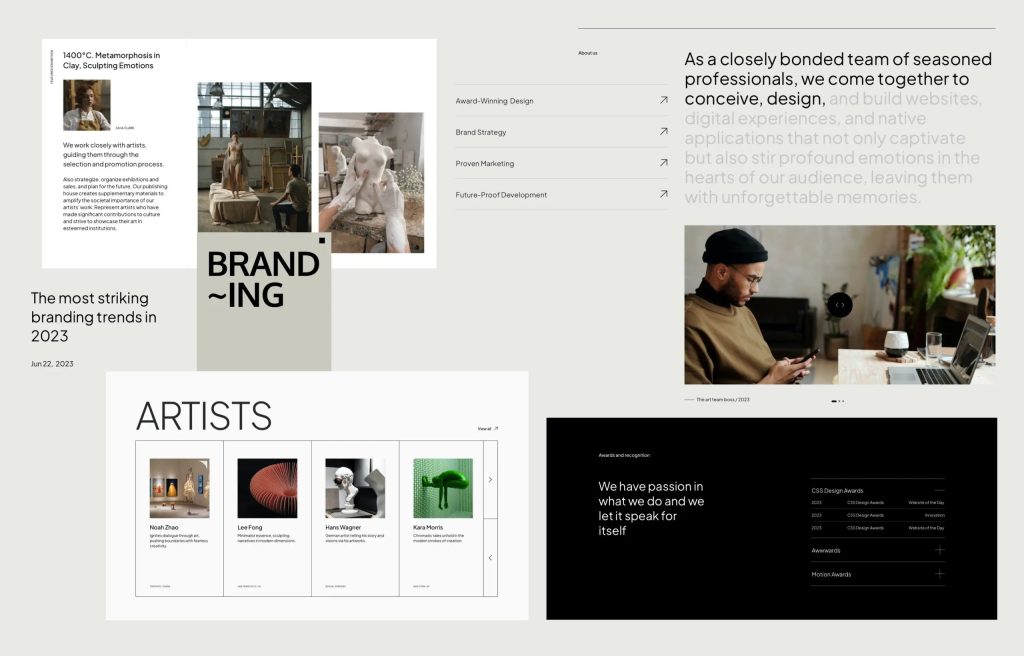In the fast-paced world of business and technology, efficiency can be the lifeblood of any organization. As companies strive to streamline their operations and maximize productivity, the integration of AI-powered task management systems has become a game-changer. This article will explore trends and solutions in this field, as well as delve into the industry applications, technical insights, and real-world use cases of AI technologies in task management.
AI-powered task management tools utilize artificial intelligence algorithms to automate, optimize, and enhance the management of tasks within an organization. Built on machine learning and data analytics, these systems offer advanced capabilities, such as intelligent scheduling, prioritization, workload balancing, and even generating project timelines. By minimizing routine administration, these solutions allow teams to focus more on their core competencies, fostering innovation and creativity.
According to a Harvard Business Review study, companies that implement intelligent task management solutions have reported a productivity increase of up to 40%. This staggering statistic underscores the importance of integrating these systems as organizations aim to compete effectively in today’s market. Vendors like Asana, Trello, and Monday.com are embedding AI features into their platforms, enabling users to benefit from advanced analytics and data-driven insights.
As organizations phase into the digital age, the concept of hyperautomation is taking center stage. **Hyperautomation in AIOS: The Future of Process Automation** is a term that refers to the accelerated use of automation technologies to automate complex business processes. In this context, AIOS (AI Operating System) serves as the backbone for seamless integration of AI, machine learning, and robotic process automation (RPA).
Hyperautomation is more than merely automating mundane tasks; it is about a comprehensive transformation of business models through the intelligent orchestration of digital workers. By improving larger workflows, organizations can eliminate bottlenecks, reduce operational costs, and enhance service delivery. Major players like UiPath, Automation Anywhere, and Blue Prism are leading the charge with their platforms that facilitate hyperautomation.
Statista estimates that the global hyperautomation market will surpass $600 billion by 2025, driven by increasing enterprise needs for operational efficiency. The incorporation of AI in this domain allows organizations to identify tasks suitable for automation quickly and evaluate existing processes to focus on areas in need of optimization. Companies leveraging hyperautomation achieve a notable reduction in manual effort, resulting in improved accuracy and faster decision-making.
For instance, in the banking sector, institutions are utilizing hyperautomation to manage customer service operations. By automating loan processing and compliance checks, banks can significantly reduce turnaround times while maintaining stringent risk controls. With systems learning from past data, they are capable of making real-time, data-driven decisions that enhance overall customer experiences.
Yet, even as organizations embrace hyperautomation, the importance of robust **AI-Powered System Monitoring** cannot be overstated. As businesses harness AI and automation technologies, they face unprecedented complexities in their digital infrastructures. AI-powered system monitoring tools help maintain oversight by providing real-time insights into system performance, security, and compliance issues.
These tools utilize predictive analytics and machine learning models to identify anomalies and potential failures before they escalate. By proactively addressing these issues, organizations can minimize downtime and ensure seamless operations. Notable players such as New Relic, Datadog, and Splunk are leading the charge in providing AI-powered monitoring solutions that empower organizations to predict and address performance bottlenecks.
According to a recent report by Gartner, organizations with AI-based monitoring can reduce incident response times by up to 50%. This capability is essential in an era where system outages can result in significant financial losses and damage to brand reputation. By integrating AI-enabled monitoring, businesses can ensure that their operations remain aligned with service level agreements (SLAs) and client expectations.
One illustrative use case can be seen in the healthcare industry. Hospitals and clinics are increasingly adopting AI-powered monitoring systems to track the performance of medical equipment in real time. These systems can identify malfunctioning devices before they fail, enabling preventive maintenance that reduces downtime and increases the reliability of critical equipment. This not only ensures better patient care but also reduces operational costs.
Moreover, it is essential for organizations to create a conducive environment for leveraging these AI-driven technologies. They must ensure that their workforce is adequately skilled and that there is a cultural shift towards embracing automation and data-driven decision-making. Fostering collaboration between IT and operational teams can lead to more effective integration of these systems, enhancing overall productivity.
The journey towards hyperautomation and efficient task management does not come without challenges. Data privacy, cybersecurity risks, and the potential for job displacement are concerns that organizations must proactively address. Implementing robust data governance policies and fostering a culture of transparency will be crucial in navigating these challenges.
In conclusion, the integration of AI-powered task management, hyperautomation, and AI-powered system monitoring offers organizations unparalleled opportunities to enhance operational efficiency, reduce costs, and improve overall service delivery. As we move into a future driven by artificial intelligence, organizations that leverage these technologies stand to gain a competitive edge, paving the way for innovation and growth. The time to embrace AI in business processes is now—those who do will be well-positioned to thrive in the evolving landscape.
**Sources:**
1. Harvard Business Review, “How Intelligent Task Management Boosts Productivity”
2. Statista, “Hyperautomation Market Growth Insights”
3. Gartner, “AI in System Monitoring: A Game Changer”
4. UiPath, “The Future of Hyperautomation”
5. New Relic, “AI-Powered Monitoring and Insights for Business Efficiency”



























